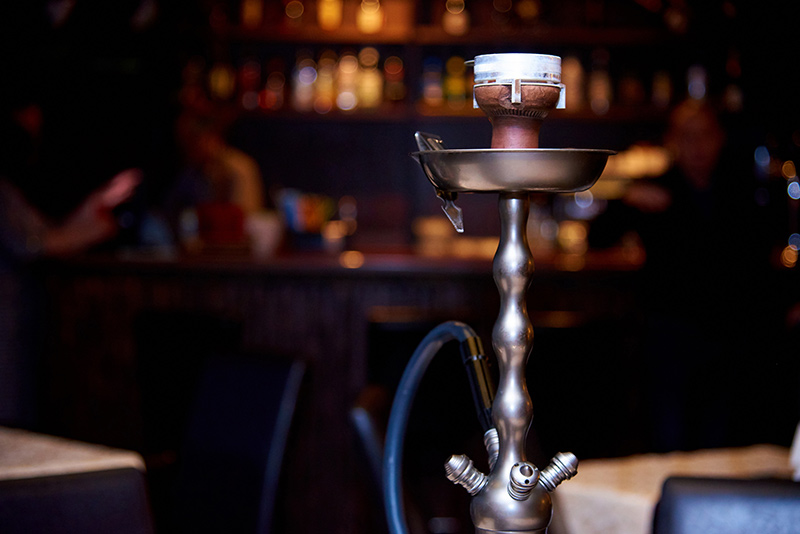Making Tobacco Trendy Again: JUUL, Hookah and "Smokeless" Products

Marketed in hip campaigns, e-cigarettes are threatening to hook a new generation on nicotine. Here’s a look at three of the tobacco trends rising in popularity among young people: JUUL, “heat-not-burn” devices and hookah.
JUUL: Shiny object. Hidden dangers.
Like other e-cigarettes, JUUL delivers nicotine through an aerosolized vapor that’s inhaled and exhaled. And like other e-cigarettes, JUUL comes in flavors, such as mango or creme, that attract young users.
But JUUL is different from other e-cigs because it looks less like a cigarette and more like a USB flash drive. This sleek design appeals to susceptible young people, and its small size and camouflaged appearance make it easier for students to carry in school.
People may think “JUULing” is less dangerous than smoking. But each JUUL liquid “pod” (around 200 puffs) is loaded with nicotine — about as much as a pack of 20 regular cigarettes.
Heat-not-burn tobacco: A looming threat
Instead of burning tobacco like a conventional cigarette, IQOS and similar devices heat small “plugs” of tobacco to create an inhalable aerosol. The vapor contains harmful contaminants and addictive nicotine — despite manufacturers’ claims that it’s a safer alternative to cigarette smoking.
With heat-not-burn gaining popularity in other countries like Japan and Canada, health advocates in the US are concerned about the product’s introduction here. The Food and Drug Administration is taking a close look at the claims made by heat-not-burn manufacturers.
Hookah: A dangerous social trend
Hookah is an old way to smoke tobacco using a waterpipe consisting of a bowl or chamber partially filled with water, hose and mouthpiece. It is designed to burn specialty tobacco which is typically fruit or candy-flavored. Hookah has new, glamorous appeal these days, with the social trend of gathering in a hookah lounge, café or bar. In a typical experience, a user might inhale 100 to 200 times the amount of smoke they would get from a single conventional cigarette.
Some hookah waterpipes use burning charcoal briquettes to heat the flavored tobacco. So, in addition to toxic substances from tobacco and nicotine, the smoke exposes users to charcoal combustion products, including large amounts of carbon monoxide.
According to the Department of Health and Human Services, hookahs are at least as toxic as cigarette smoking and just as addictive as other forms of tobacco use.
Stay in the know. Urge kids to say no.
Sadly, there are even more tobacco trends tempting a new generation, including flavored cigars and cigarillos, tobacco pipes, smokeless tobacco (chewing tobacco, snuff), and new oral products such as pouches, strips and lozenges.
And while these new products are usually marketed as being safer than smoking, don’t be fooled. Recent research has found that the flavoring chemicals may be toxic and lead to serious blood vessel damage. And we just don’t know enough yet about the long-term effects.
Educate yourself about these products so you can counsel kids, teens and young adults in your sphere of influence. The simple fact is, no tobacco product is safe.
Sources:
- Keep Kids E-Cigarette Free, Centers for Disease Control website, accessed November 2018
- Truth Initiative website, accessed November 2018
- Adolescents and Tobacco: Trends, U.S. Department of Health and Human Services website, accessed November 2018
- E-cigarettes may damage blood vessels, American Heart Association News, November 5, 2018





